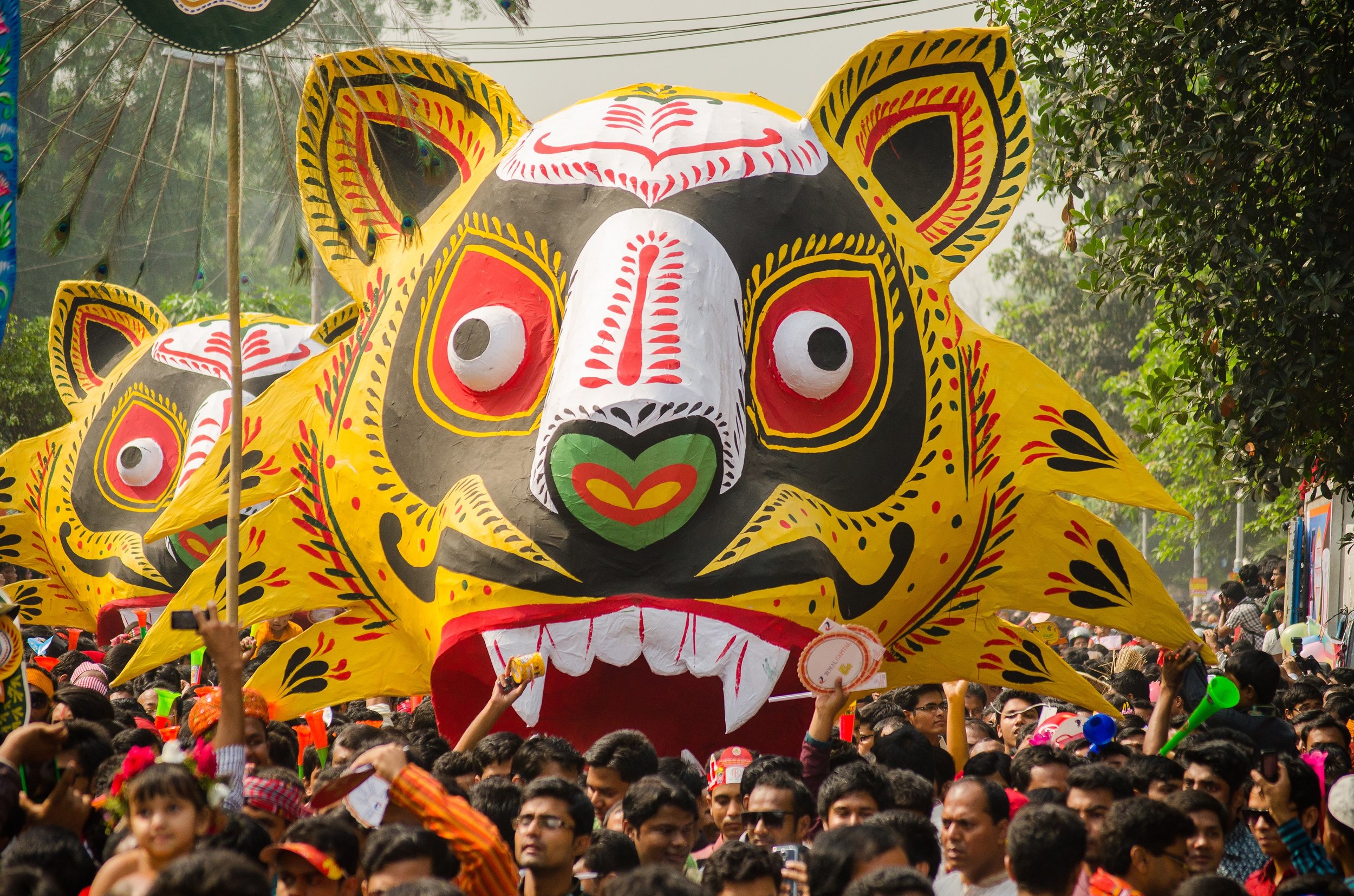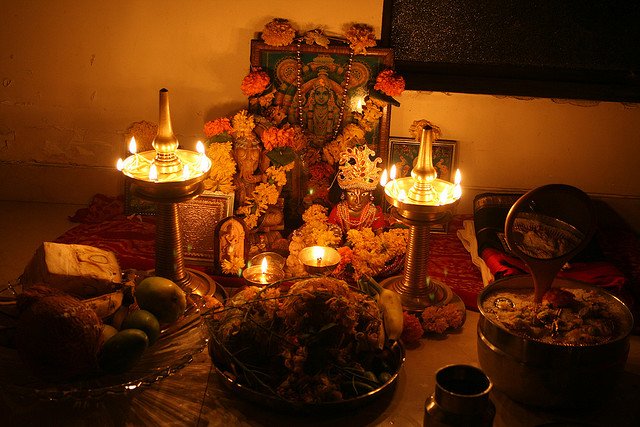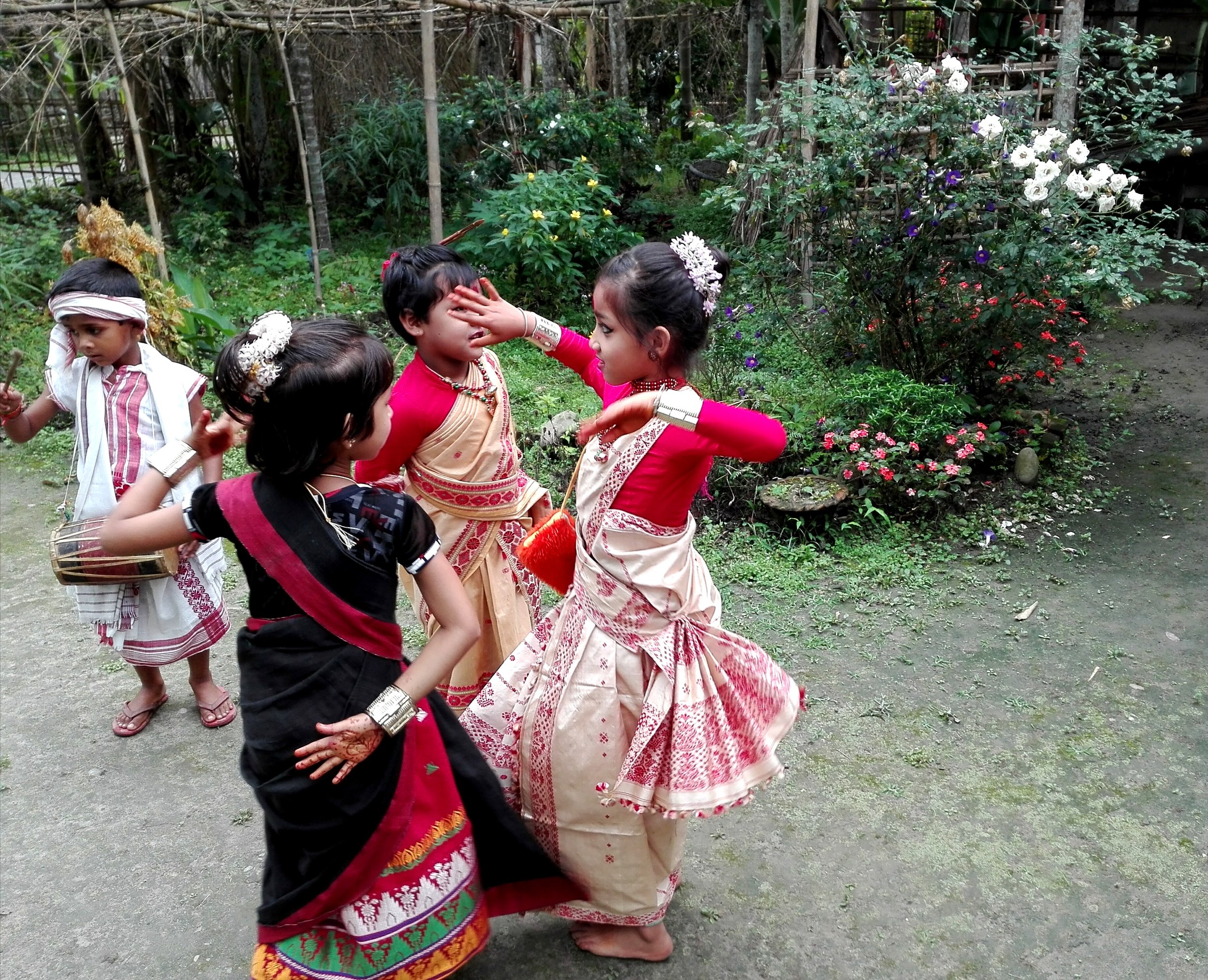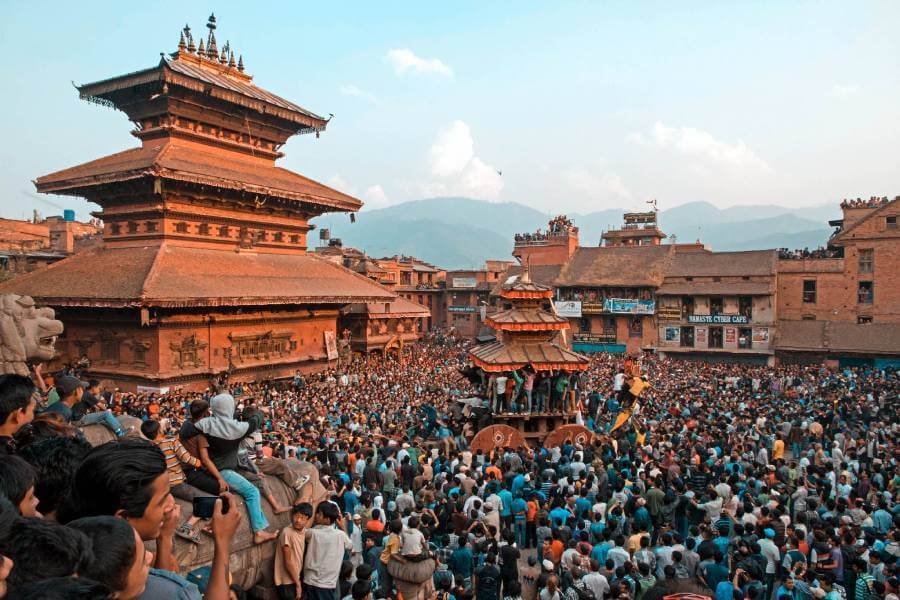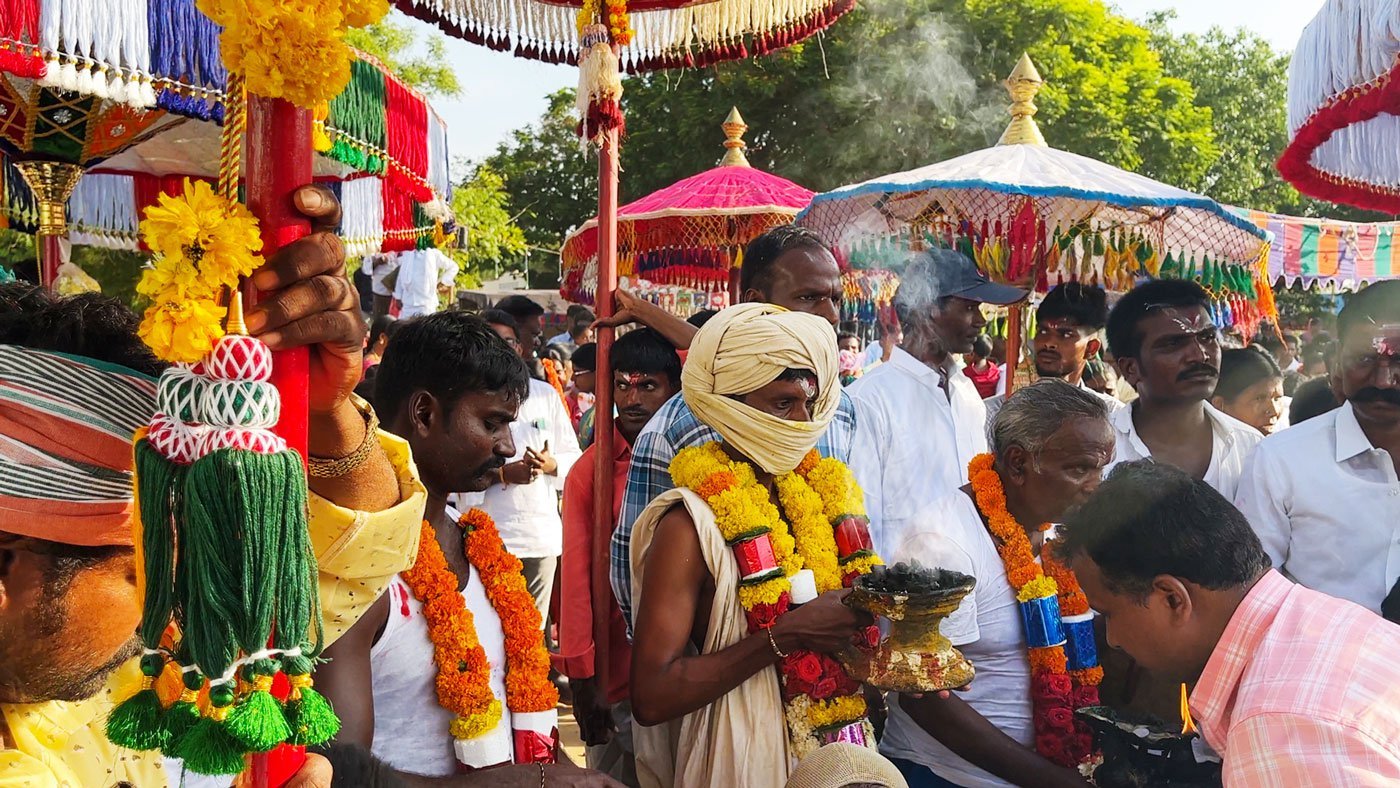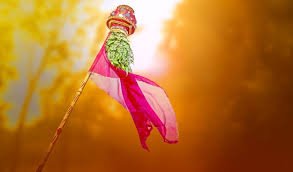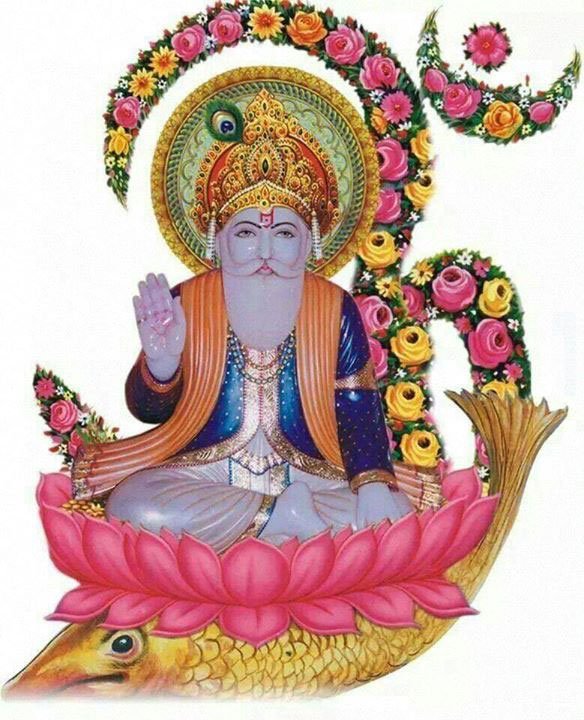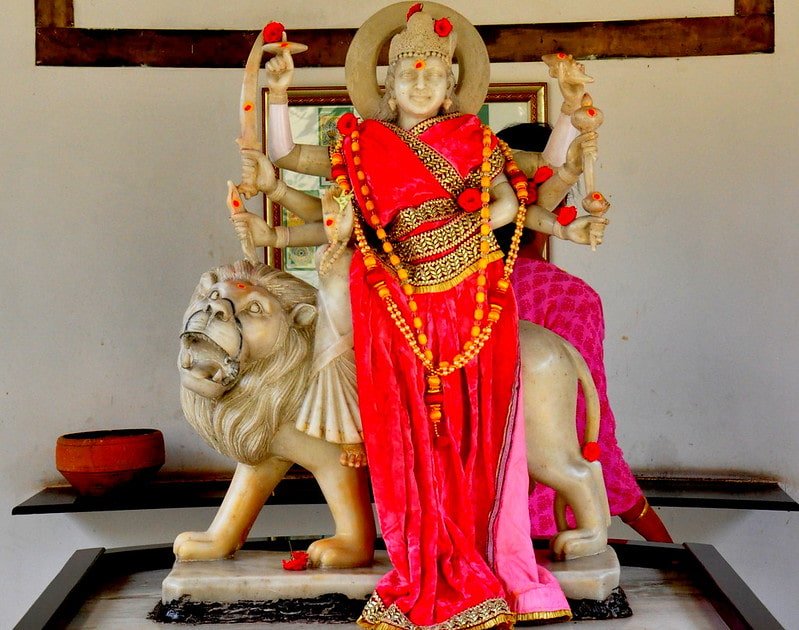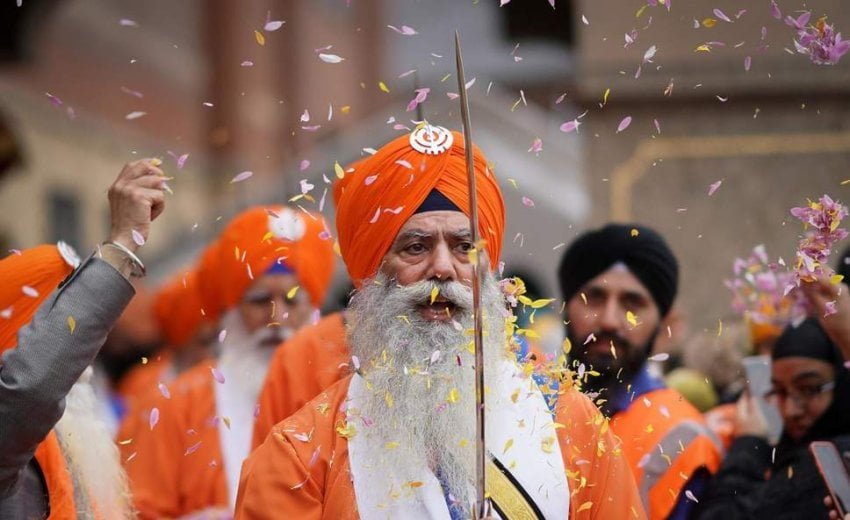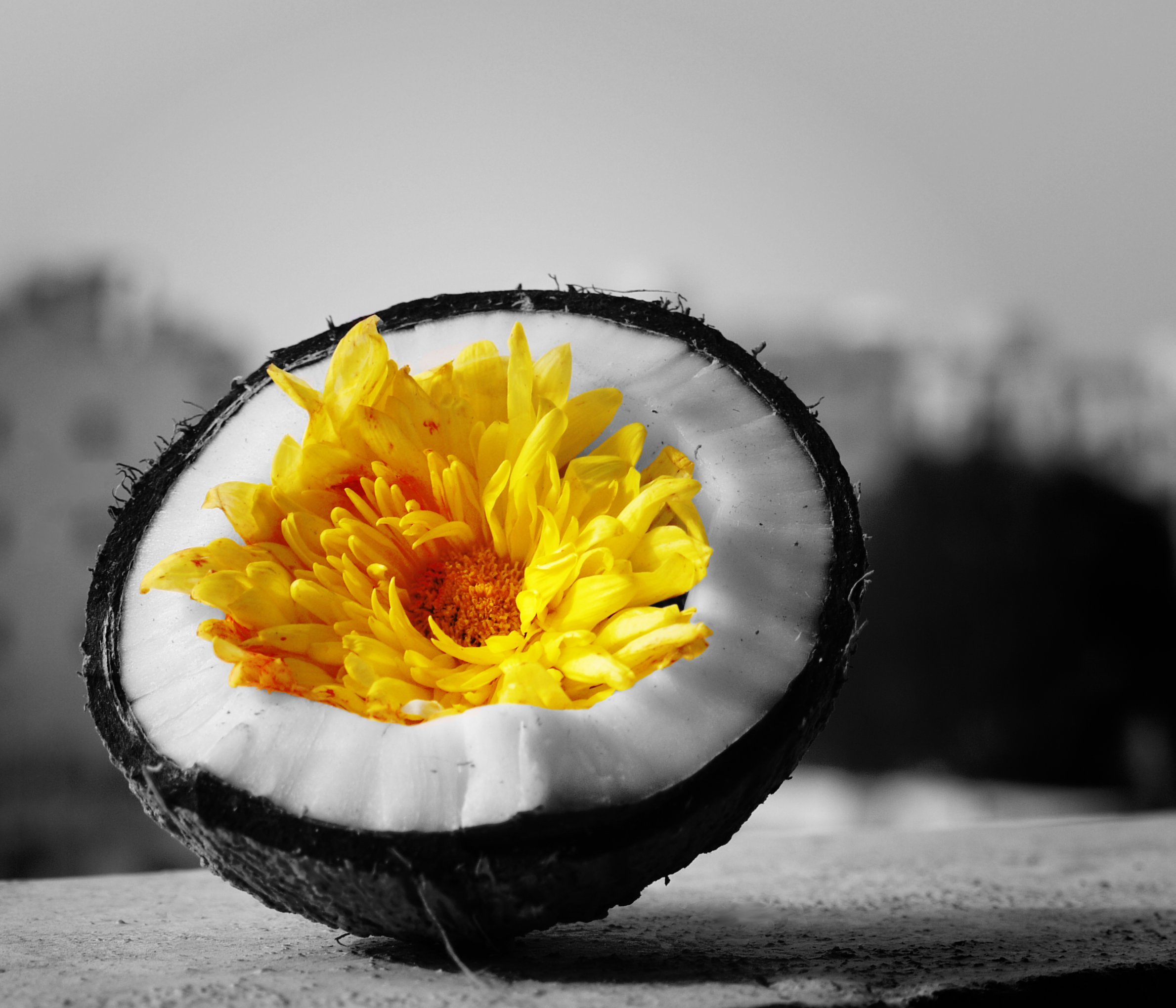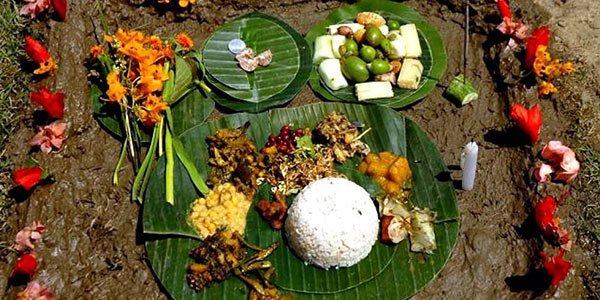New Years All Week Long
Happy New Year to everyone celebrating! As we embrace the vibrant spirit of Cheiroba, Puthandu, Vaisakhi, Nepali New Year, Bohag Bihu, Vishu, Pohela Boishakh, Cheti Chand, Gudi Padwa, Ugadi, and Chaitra Navaratri, let's cherish the rich diversity and cultural heritage these festivals represent. May each of these celebrations bring renewed hope and joy adn abundance to us all.
Spring and New Beginnings
The clustering of these New Year festivals during spring is no coincidence. Spring, a season symbolizing rebirth and renewal, naturally aligns with the concept of a New Year. It marks the end of winter and the onset of a season of growth and prosperity. This universal theme resonates across different cultures, manifesting in varied but equally meaningful celebrations.
A Springtime Symphony of Calendars
The intriguing closeness of these New Year festivals comes from different kinds of calendars:
Lunar Calendars: Festivals like Ugadi (Telugu and Kannada New Year) and Gudi Padwa (Marathi New Year) are based on lunar calendars, where months follow the moon's phases. These calendars often add an extra month (Adhik Maas) every few years to realign with the solar year, keeping the festivals tethered to specific seasonal markers - in this case, spring.
Solar Calendars: On the other hand, festivals like Puthandu (Tamil New Year) and Vishu (Kerala New Year) follow solar calendars, where months are determined by the sun's position relative to the earth. These celebrations are directly linked to the vernal equinox (more about that below), a time when day and night are of equal length, symbolizing balance and renewal in nature.
Lunisolar Calendars: Some celebrations, like Baisakhi and Bohag Bihu, are based on lunisolar calendars, which consider both sun and moon cycles, reflecting a harmonious blend of solar and lunar influences.
Region-Specific Calendars: Nepali New Year (Navavarsha) follows the Bikram Sambat, a calendar specific to Nepal, blending both lunar and solar elements.
The Science of That Spring in Your Step
Spring is not just a season; it's a global astronomical event. The vernal equinox, usually around March 20-21, marks a point where the sun crosses the celestial equator, leading to nearly equal day and night. This celestial event signals a time of renewal and rebirth in nature, mirrored in the agricultural cycles of many regions, making it a natural point for marking a New Year.
Our Diverse Celebrations …
Cheiraoba (Manipur): In the northeastern state of Manipur, Cheiraoba is celebrated with fervor, symbolizing the start of a new cycle of life. Here, people clean and decorate their houses, cook special feasts, and climb hills, signifying the ascent to greater heights in life.
Puthandu (Tamil Nadu): The Tamil New Year, Puthandu, is welcomed with colorful kolams (rangolis), lavish feasts, and the 'Vishu Kani', symbolizing prosperity and good fortune for the coming year.
Vaisakhi (Punjab): A festival of immense joy for Sikhs and a harvest festival for Punjabi farmers, Vaisakhi marks the Punjabi New Year and commemorates the formation of the Khalsa Panth.
Nepali New Year (Bisket Jatra): Known as 'Navavarsha' in Nepali, it is celebrated with parades, cultural performances, and a sense of renewed joy with the hope of having blessings and prosperity in the year ahead.
Bohag Bihu (Assam): This Assamese festival marks the beginning of the agricultural season rituals for with crop protection and the veneration of plants and animals as well as celebrations of Assamese diversity as many communities come together.
Vishu (Kerala): Marking the astronomical New Year Day, Vishu is celebrated with the special arrangement of auspicious items called 'Vishu Kani', symbolizing the start of a prosperous year ahead.
Pohela Boishakh (Bengal Region): The Bengali New Year, celebrated with processions, fairs, and family time, reflects the vibrant spirit of the Bengali community …শুভ নববর্ষ "Shubho Noboborsho"
Cheti Chand (Sindhi Community): A celebration of the Sindhi New Year, Cheti Chand is marked by worshipping Lord Jhulelal, the icon of unity for all Sindhis and of course sharing festive meals.
Gudi Padwa (Maharashtra): In Maharashtra, Gudi Padwa is celebrated by hoisting the Gudi (a special flag). The Gudi has neem and mango leaves attached with a garland of flowers, capped with a silver, bronze, or copper pot (handi or kalash), signifying victory, achievement and prosperity.
Ugadi (South India): Celebrated by the Telugu and Kannada communities, Ugadi involves the sharing of a unique dish the pachadi that symbolizes the different flavors of life (sweet, sour, salty, spicy, bitter and astringent) and welcomes abundance, prosperity, and happiness
Chaitra Navaratri (widely celebrated): This nine-day festival marks the beginning of the Hindu New Year with fasting, prayers, and dance. Dedicated to the worship of Maa Durga and her nine incarnations,it celebrates Goddess Durga's birth of the cosmos and all living things within it.

